What To Do With Old Sandbags
Sandbags are commonly used for flood control, construction, and military purposes. However, once their original purpose is fulfilled, they often end up discarded and forgotten. Instead of throwing them away, there are several ways to reuse and recycle old sandbags.
Today, I want to talk about what to do with old sandbags! Hurricane Idalia is going to leave behind a lot of flooding and people have gathered their sandbags to try and protect their property. What will everyone use their sandbags for after the storm? I have a few ideas.
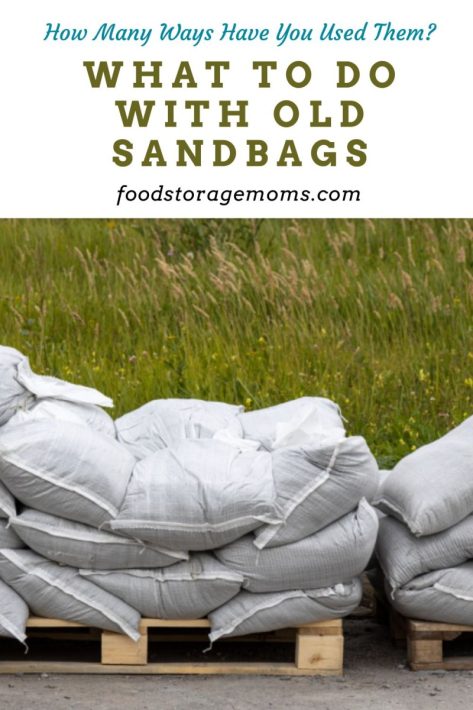
What’s the main purpose of sandbags?
The main purpose of sandbags is to provide temporary protective barriers against floodwaters. Sandbags are commonly used to create levees, dikes, and other structures that redirect or absorb water to prevent flooding.
When there is potential flooding, you’ll hear communities giving out free sandbags, but you can also buy them. I prefer free! I saw someone selling each sandbag for $5 in a Facebook group I’m in, plus a delivery free. Sometimes putting in a little hard work is worth saving extra money, but everyone’s situation is different.
I’m aware that not everyone has the time, energy, or strength to lift those sandbags. We pay for convenience sometimes.
- Is Flood Insurance Worth It?
- How to Prepare for Monsoon Season
- 6 Vital Tasks During a Flash Flood Warning
Not All Old Sandbags Are The Same
Depending on the situation and use of the sandbags, deciding what to do with them can prompt various options. Flood water can create health hazards for residents using sandbags due to contaminants and pathogens in the water, caution needs to be followed when handling the used sandbags. Disposal can take various forms as discussed below, but each new use needs to be considered in the context of the condition and previous use of the sandbags.
Human contact with used sandbags can create a series of risk factors. If the sandbags came in contact with flood water they may be subject to bacteria, mold, and the remnants of human feces and other waste products. A common sense approach would be to always wear sturdy appropriate protective gloves, some eye protection, and use soap for cleaning the body and clothes after each contact.
If the sandbags never came in contact with flood waters then their use again is much easier to determine and put into action as follows:
1. Garden Planters
Cut open the sandbags and use the woven fabric and enclosed sand as planters for flowers, herbs, or even small vegetables. The bags can be stacked vertically, creating a multi-level planting area. 8 Reasons Why Your Garden May Be Struggling
2. Garden Edging
Full sandbags can be used as an edging for flower beds or pathways. The bags can be stacked sideways, creating a solid barrier that delineates different garden areas. It can also help prevent garden soil from eroding and minimize water runoff. 12 Budget-Friendly Beautiful Garden Tips
3. Garden Seats
Stack sandbags in a circle or square shape and cover them with a weather-resistant fabric or cushion. This creates a comfortable seating area that can be easily rearranged when needed. Is Your Neighborhood Prepared?
4. Weighted Exercise Equipment
Fill old sandbags with gravel or new sand and use them as weights for exercise routines and to keep the equipment you use outside from moving around. These homemade weights can be used for strength training or as stabilizers for yoga and Pilates exercises. You truly can use what you have to get fit, even sandbags. Fitness for Survival
5. Door Stopper
Sew a handle onto a filled sandbag to create a heavy-duty door stopper, particularly those subject to wind gusts like a door from the garage into the house. This will prevent doors from slamming shut and add a rustic touch to your home decor. If you’re going to use a sandbag in your home, you might want to sift the sand in it and make sure nothing weird is living in it. Just a fair warning. 10 Ways to Utilize Old Bath Towels for Preppers
6. Bedroom Decor
Use sandbags as a base for creating unique headboard decorations attached to the wall. Cover the bags with fabric or paint them to match your bedroom decor, and attach them securely to the wall or a frame. I mean this may sound odd to some, but sometimes we have to use what we have! How to Declutter Your Home
7. Erosion Control
Stack sandbags strategically along riverbanks, ditches, canals, or slopes to prevent erosion. The bags act as a barrier, preventing soil erosion while allowing some water to flow through. This would be a great idea for someone who has a pond or creek in their backyard or they are afraid their pool is going to overflow. Be Prepared for a Hurricane + Free Printable Emergency Binder Contents
You can also use the sandbags to form a barrier between your garden and lawn areas to keep the lawn from encroaching into the garden. Also, consider putting them around the bottom of your rain gutter spouts so the runoff doesn’t damage garden areas.
8. Raised Garden Beds
Use sandbags to create raised garden beds. The bags can be stacked horizontally or vertically, providing a sturdy structure for growing plants. This method is particularly useful in areas with poor soil quality or limited space. How To Improve The Soil In Raised Garden Beds
9. Sound Barrier Walls
Arrange sandbags in a desired pattern to create sound barrier walls. These walls can help reduce noise pollution in busy urban areas or near highways. 101 Homesteading Skills We Need To Teach This would take a whole bunch of sandbags, so you’d be wise to get some engineering help to make sure it makes sense.
10. Local Charities and Nonprofits
Contact local charities or nonprofits that may have a need for sandbags. They can repurpose them for disaster relief efforts, construction projects, or other purposes. Disaster Organizations: Can You Depend On Them? Most of these organizations are going to want clean sandbags or at least refilled with clean sand.
11. Recycling Centers
Check with your local recycling centers to see if they accept sandbags. Some centers may have specific guidelines for accepting this type of material. 16 Hacks for Repurposing Old Household Items
12. Online Platforms
Utilize online platforms such as Freecycle, Craigslist, or social media groups to offer your old sandbags for free. Someone in your community may have a use for them. A World Without Technology: A Glimpse into the Unplugged Life
13. Use to Make Sandboxes
Whether it’s for your own backyard, or for local playgrounds, you can make a sandbox with sandbags for the “shell”, but also empty the “clean” sandbags into the box to fill it up.
14. They Can Be Used to Build Compost or Mulch Bins
We are encouraged to try and compost our yard debris to help the environment by not sending so much to the appropriate landfill near us. Whether it’s lawn clippings, garden waste, fallen leaves, or kitchen food waste, consider building a “bin” to gather and put things in so the composting process can take place.
Final Word
Instead of adding to the landfill, think creatively about how to repurpose and recycle old sandbags. From garden accessories to DIY home improvement projects, there are countless ways to give these sturdy bags a new life. Don’t get tempted to just throw away your used sandbags in the regular trash or garbage bin, that would be a real waste of something useful. I do try to keep and store sandbags for when we need them next time. However, in the meantime, it’s nice to have alternative uses for them. May God Bless this World, Linda
Copyright Images: Sand Bags White AdobeStock_477184982 By Tatiana Kuklina, Sandbags in Yard AdobeStock_384391208 By Tamilisa

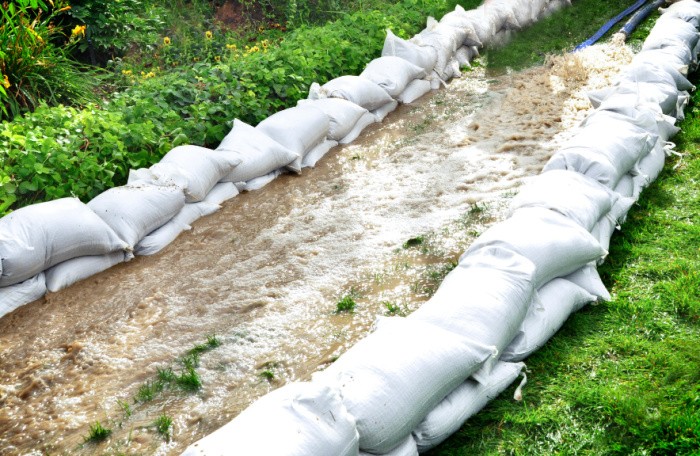

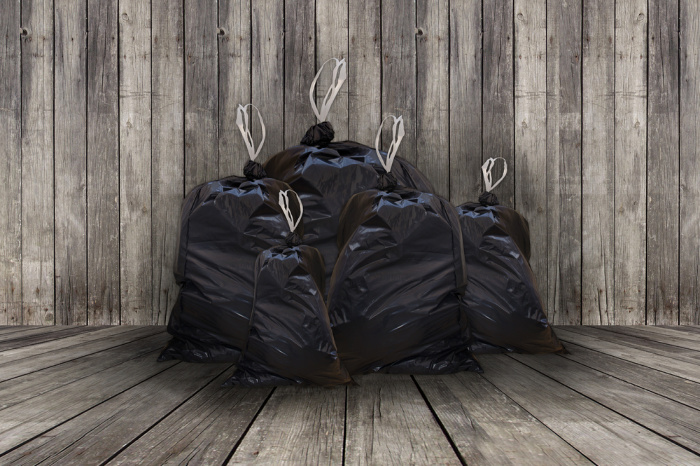
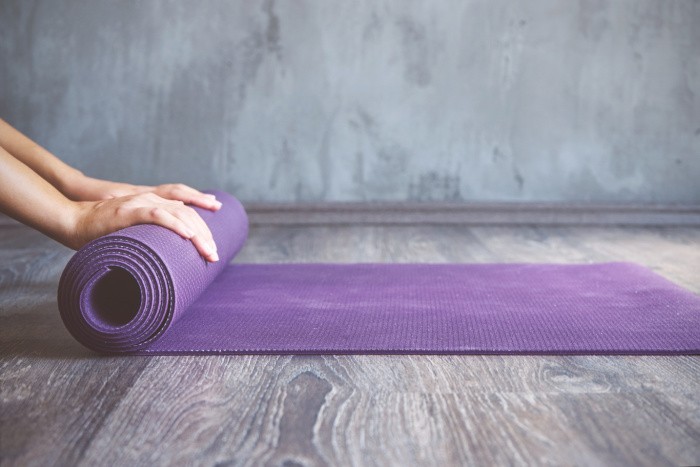
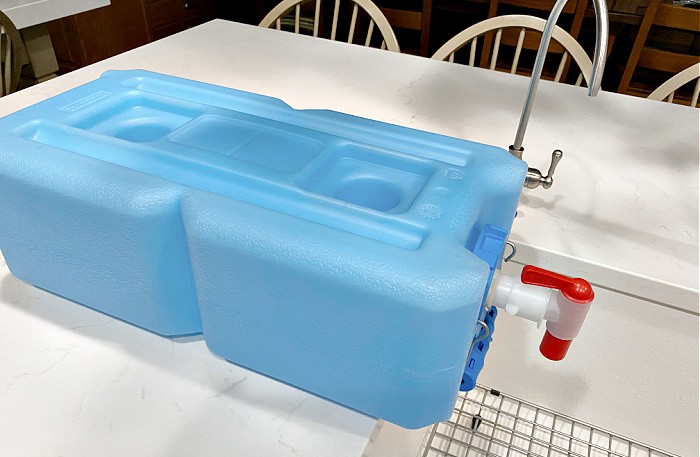
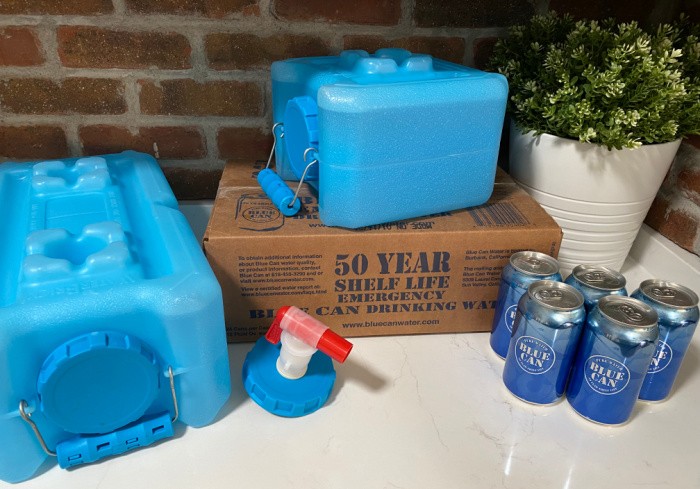
















If the sand bags are not in contact with flood waters or filled with beach sand, they can be used in the garden to mix into heavy clay or silty soils or low areas to improve the texture, porosity and drainage of the soil. The could be used under a garden pool liner when shaping it and creating a rim. That would allow for a slight berm around the pool to cover the outer edges of the liner plus a generous space for planting around the pool. A burn would also make installing an overflow spillway to a rocky trench water feature to carry the overflow away, in wet climates. When making composting bins, digging out 3-4 inches of soil at the base and replace it with sand or mix the soil and the sand together to encourage drainage after wet weather. I use fencing around compost bins to allow air to reach the compost and the warm air helps the compost to evaporate liquid out the sides. Layering and frequent turning of the compost keeps all the compost evenly damp, allowing it to break down faster. I’ve also used the multiple bin method. It works really well but takes up a lot of space. One important tip is to cover with a waterproof material and weight it down, before heavy rain or the snow season begins. It prevents soggy ferried compost that will stink, as well as prevent washing out the beneficial microbes, and nutrient
But an update on what to do with used and in particular contaminated sand bags would be acted valuable. How and where to find disposal sites for sand bags contaminated by water that
contained coliform bacteria, toxic chemical or strong fertilizers/pesticides. It isn’t wise to just set them on the curb for pickup by trash trucks. They should be handled using nonpermeable gloves, face masks(respirators preferred) and coveralls (hazmat suits preferred), so residents need to know beforehand how and where these should be disposed of. It’s not safe to leave them lying around on their property until they can be taken for proper disposal. Any additional precipitation would leach their toxins into the soil, so how to safely store them until disposal is important. These are some thoughts that occurred while I read this article. ❤️❤️‼️
HI MaryAnn, you are so right about the sandbags if they were used anywhere the water was contaminated (which would be almost all the sandbags). It the sandbags were used in my yard away from gutter water or river overflows I would bleach them in a clean garbage can hopefully be able to reuse them in some way. I remember when we had a flood in Southern Utah we could not get enough sandbags to protect our property. We had two 500-year floods. It was bad. Great reminder, thank you, Linda
Not to make light of a serious subject….. if I walk out my back door, I can throw the sand in the sand trap at the 9 hole of the country club….. serves them right….. those idiots are out there at 6 inthe morning…….FORE!!!!!
Hi Chris, they are out there at 6:00 in the morning?? Wow, that’s really early. I hope you have nets to protect your windows and house! Linda